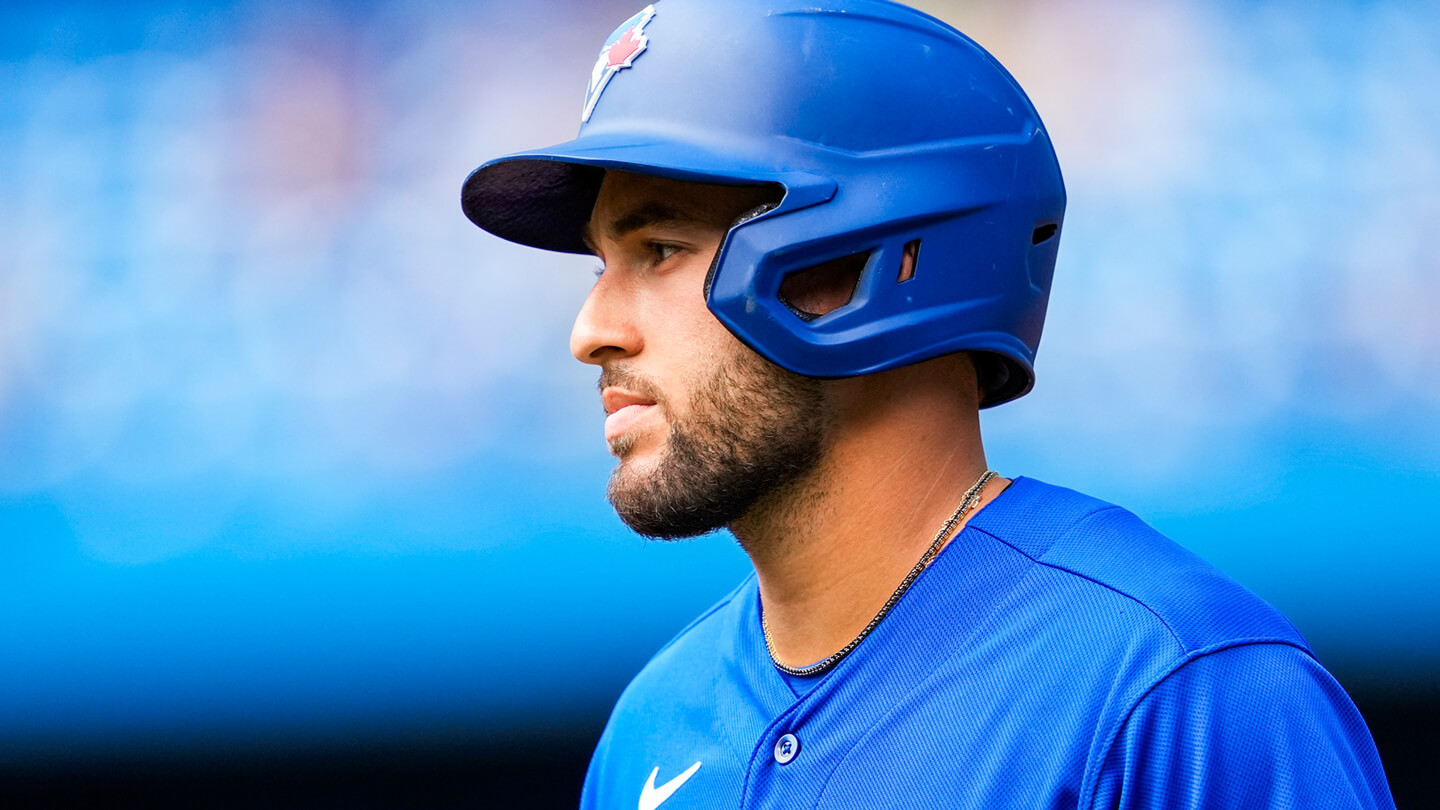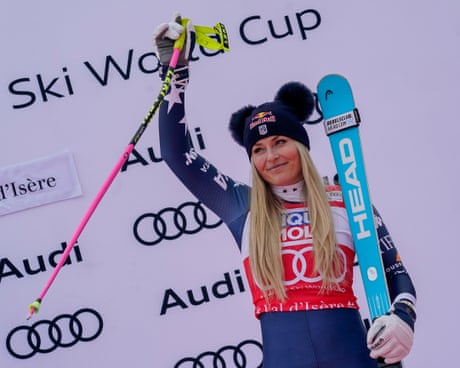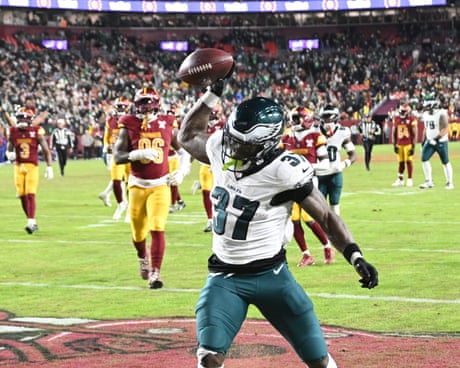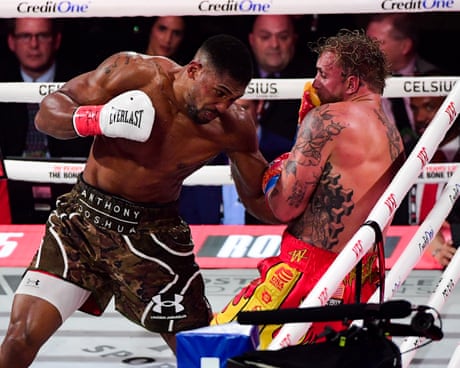
THE FIRST 162

O
n a quiet morning in March, Danny Jansen is lying flat on the ground alongside the bullpen mounds at the Blue Jays’ spring training facility in Dunedin, Fla. He’s about to catch a bullpen session — one of the many thankless tasks catchers accept in the course of a long season. Fifty feet away, Jose Berrios is nearly ready to throw. Yet for that to happen Jansen must also be ready, so the catcher keeps stretching from his spot near home plate, rolling a baseball between the ground and his right forearm to loosen it a little ahead of his day’s work.
In 2021 a hamstring injury limited Jansen to just 70 games, but this year he’s determined to play more. For inspiration, he looks at MLB’s most durable catchers, the likes of Sal Perez, Yadier Molina and J.T. Realmuto. “I respect those guys a ton,” Jansen says. “It’s something I’m striving for, too. It’s something I’m learning. … You’re never going to be 100 per cent — very rarely are you ever — so I’m definitely on my way of figuring out a way better routine.”
He’s not the only Blue Jays player intent on taking the field for more games this year than they did in 2021. There’s no denying the ability on this roster. But assembling a talented team is one thing, keeping it healthy for 162 games is another challenge. And even then – what’s the point of making the playoffs if you’re burnt out once you get there? If Toronto’s coaching staff pushes players too hard, the team’s performance will suffer, but no team wants to go down with its best on the bench. It’s a balancing act, one the Blue Jays attempt to navigate with both hard data and soft skills. In the months ahead, their approach to workloads will shape their success on the field.
“That’s the trickiest puzzle in all sports,” Blue Jays bench coach John Schneider says. “Trying to stay way ahead of performance, workload and fatigue to get the best version of the player as many times as we can. Making them available to us, but at the same time keeping in mind that we need them to try to play the long game as opposed to [only]this win tonight or tomorrow.”
On the Blue Jays’ roster, no player illustrates this push-and-pull dynamic better than George Springer. When he’s on the field, Springer plays all-out, making diving catches in centre field and running full speed on the bases. The results were exceptional whenever he took the field last season, the first of his six-year, $150 million contract. He posted a .907 OPS with 22 home runs and 2.4 WAR, yet quadriceps and knee injuries limited him to just 78 games — less than half of the Blue Jays’ schedule.
For a team that missed the playoffs on the final day of the season, even a few more games from Springer might have made the difference. A year later, he’s fully healthy and intent on keeping it that way after missing so much time in 2021. “I’ve never experienced that before,” he says. “I’m going to play a lot of games here. For me now, it’s understanding that fine line between full throttle 24-7 … and just recognizing that there are times when 90 per cent is good enough. Because the goal is to play as many games as I can. It’s not to play 120, 140. It’s to play as many as I can.”
At times, the Blue Jays will use Springer as a designated hitter to ease the toll on his body. And even on days he plays centre field, there are ways to lighten his workload. For instance, he might not shag fly balls or take any batting practice if he’s feeling any fatigue. Having played deep into October before, Springer knows the toll a long season takes. Proactively resting is one way to reduce that strain. “You always want to play the long game,” he says. “It’s normally the healthiest teams that win. To have energy to feel good in October, it’s okay to sacrifice half a day in May. I’m not saying that you just take a day off because you feel like it. If the team and the staff think your workload has been higher, you’re not necessarily against a day off, but I’ll for sure fight to play.”

With 30 games to play in the first 31 days of the season, Blue Jays players have already talked to one another about the importance of getting rest and eating well now to set themselves up for success early in the season. “We’ve got to be taking care of our bodies better,” says closer Jordan Romano. “We’ve got to be sleeping better. It’s going to be a grind.”
To some extent, playing-time decisions are determined by feel. As manager Charlie Montoyo points out, “We have to remember these guys aren’t machines. They’re human beings.” But data also informs the way the Blue Jays manage their players’ workload. Numbers as simple as innings, pitches and at-bats have always offered an overview of a player’s usage, and over the last five years or so more granular data has entered the equation, too. Now, the Blue Jays can tell you how often their players reach max speed, how long they’re spending on their feet and how many stops and starts they’re making. If a coach is wondering about a player’s energy level, he can check in with trainer Jose Ministral or strength and conditioning coaches Scott Weberg and Jeremy Trach for some raw numbers. As Schneider puts it: “It’s having people who are smarter than me track things that really matter where you can kind of predict ‘Here this guy’s red lining a little bit.’ Or, ‘Hey, we’re going to let the Ferrari out of the garage.’”
If Bo Bichette is a Ferrari, he still wants to be on the road every day. Like his Blue Jays teammates, he understands the logic behind managing workloads. But after playing 159 games in 2021, the 24-year-old wants to play all 162 this coming season. “There’s not going to be any load management for me,” Bichette says. “I just want to be there and play baseball. I love to play baseball. I love the grind of it. I think 162 games is probably the most difficult thing you can do. I prefer to take that challenge on.”
Over at first base, Vladimir Guerrero Jr. views things similarly after playing in all but one of the Blue Jays’ games last year. “Obviously, I want to play more than 161,” Guerrero Jr. says through interpreter Hector Lebron. “I want to play 162 — and the next ones coming after.”
Like Springer, Bichette will ease up on his prep work at times, taking fewer rounds of batting practice or less pregame infield practice. At the same time, he feels his body responds better when he plays every day. For Bichette, a day off is more mental than physical. “I definitely have to be smart,” he says. “If there’s something that could turn into something that could make me miss two weeks instead of one game, that’s something I have to be smart about. But for me, the more games you play and the more adversity you go through, it sets you up better for the playoffs. I don’t think my body would necessarily feel any better if I play 150 instead of 162, so I’m going to play as hard as I can every day. I just prefer not to be on the bench watching.”
Clearly, the Blue Jays see things similarly. Even though Bichette had just three games off all of last year, he finished strong, hitting eight home runs with a .976 OPS over the final month. And he and Guerrero Jr. weren’t the only ones trusted to take the field every day; the since-departed Marcus Semien edged them both out by playing in all 162. As those examples show, the Blue Jays are willing to let their stars play as long as they’re passing the eye test and safely within range of their objective measurements. “With Bo, he showed last year that he can post every day,” Schneider says. “He’s extremely driven. I think having Marcus around him last year helped a lot in terms of that prep. They had many conversations about it and you can see he’s really taking that next step. So it’s kind of a manager’s dream when you know one of your best players is just available.”
Since the Blue Jays don’t have a traditional designated hitter, they can use that spot to give the likes of Springer and Guerrero Jr. partial rest days when needed. Along with some full days off if the situation demands it, that will give those players some valuable breaks. They’ll need them, too, because the Blue Jays ideally want 150 regular season games from Springer and Guerrero Jr. plus more in the playoffs. And when players are in the lineup, the expectation is max effort, nothing less.

Springer, a former World Series MVP, has found that balance before. And though Guerrero Jr.’s off-field preparation drew scrutiny when he first arrived to the major leagues, he has improved his conditioning, prep work and recovery methods in recent years. The results spoke for themselves last year when he hit 48 home runs and finished as the runner-up in AL MVP voting. “I don’t think he gets enough credit for how he takes care of himself before and after games,” Schneider says. “He’s really matured in that aspect.”
Even now, after his breakout season, the work continues. The 23-year-old wants to keep learning from the likes of Springer, who occupied the neighbouring locker this spring. “That relationship’s been growing every day,” Guerrero Jr. says of his bond with Springer. “The respect I’ve got for him, it’s big. The advice he gave us is great — unbelievable.”
Over the course of his first four seasons in the big leagues, Jansen’s learned some of those same lessons. He now describes his body as a chain, and he’s become more proactive, working on his body even when he’s feeling good. His goal: to surpass his career high of 107 games and play 120-plus, a threshold just 10 catchers reached last year. To get there, he has a checklist of work he does before and after every series. There are hip mobility exercises along with soft tissue work and recovery techniques. Even compared to last year, there’s a difference in how he’s preparing. “I’ve learned a lot about it over the years, but the biggest jump has been after [last season’s hamstring]injury,” Jansen says. “I’m going to do whatever I can to stay healthy.”
But since catcher is such a physically demanding position, the Blue Jays will manage his workload carefully. Alejandro Kirk will also play regularly, Zack Collins recently entered the mix and top prospect Gabriel Moreno may not be far behind. To determine who starts, Schneider and Montoyo will talk to the players themselves, look at the health data their trainers gather, take into account the preferences of their starting pitchers and look for the best matchups against the opposing starting pitcher. So while there’s an aspect of gut feel here, this is no impulse call. “It’s another tough puzzle to solve,” Schneider says. “But it’s a luxury.”
Whether you call it load management, sports science or simply information gathering, this process is here to stay. Yet as the Blue Jays learned with Springer last year, there are times that the hard work and good intentions are not enough. As a new season begins, there’s no doubting the strength of the roster. Now comes the next challenge: making sure the Ferraris are out on the road as often as possible.
“That’s been going on for as long as professional sports,” says Schneider. “It’s not like you’re predicting the future, but there’s some telltale signs … and then [we]add our baseball sense in as well and make the best decision we can.”
Mark Blinch/Getty Images; Vaughn Ridley/Getty Images; David Kirouac/Icon Sportswire via Getty Images.




